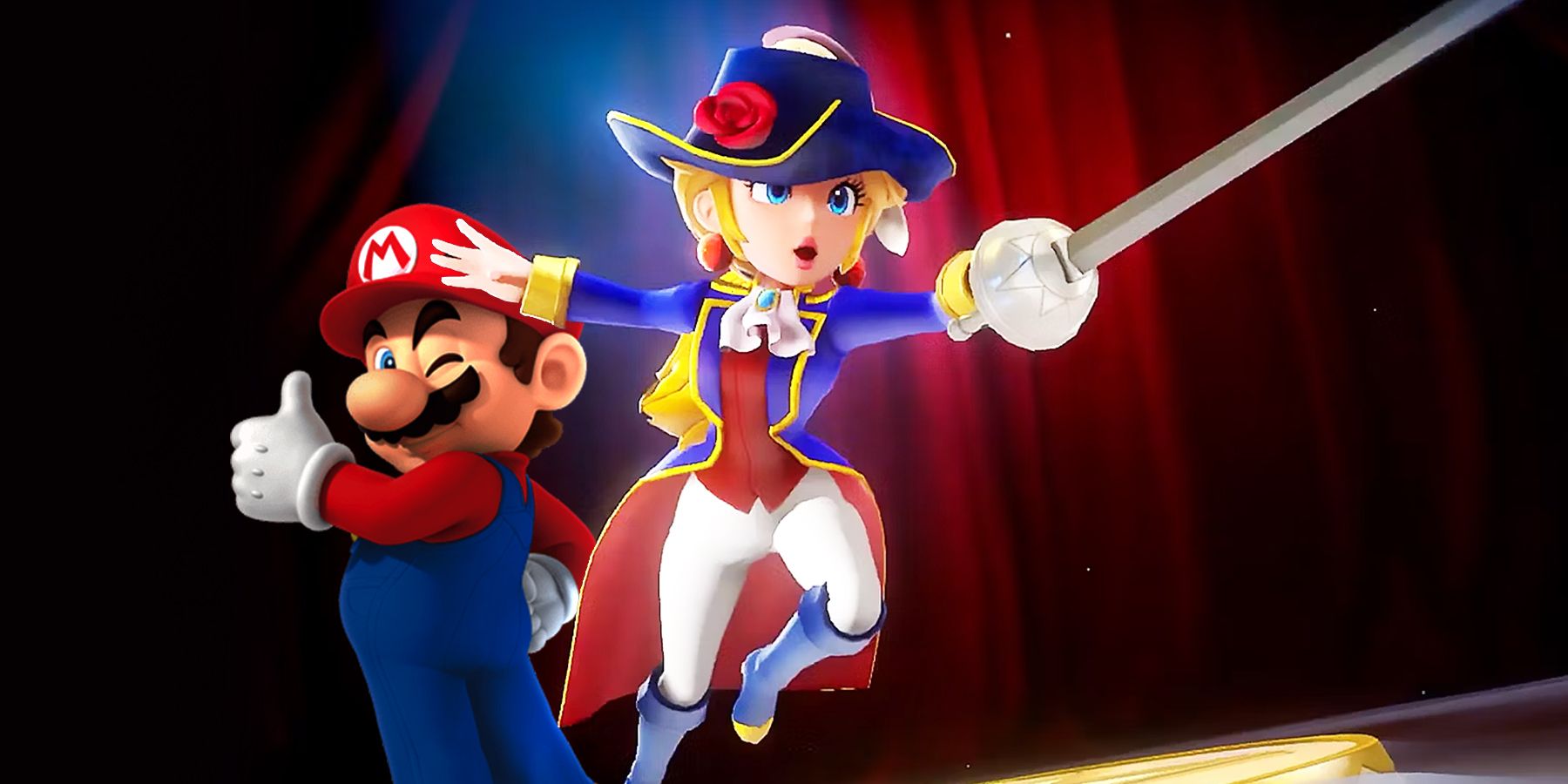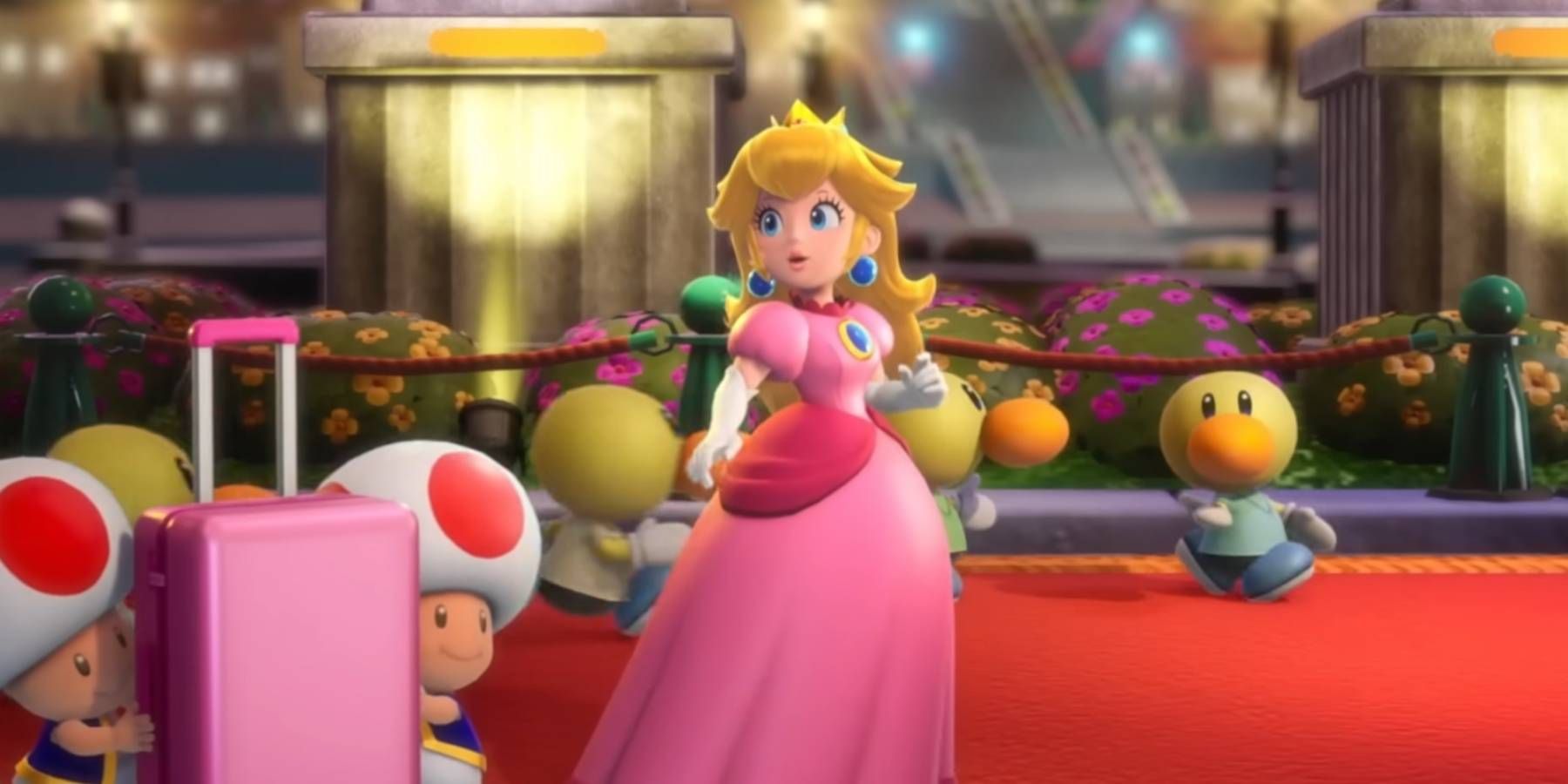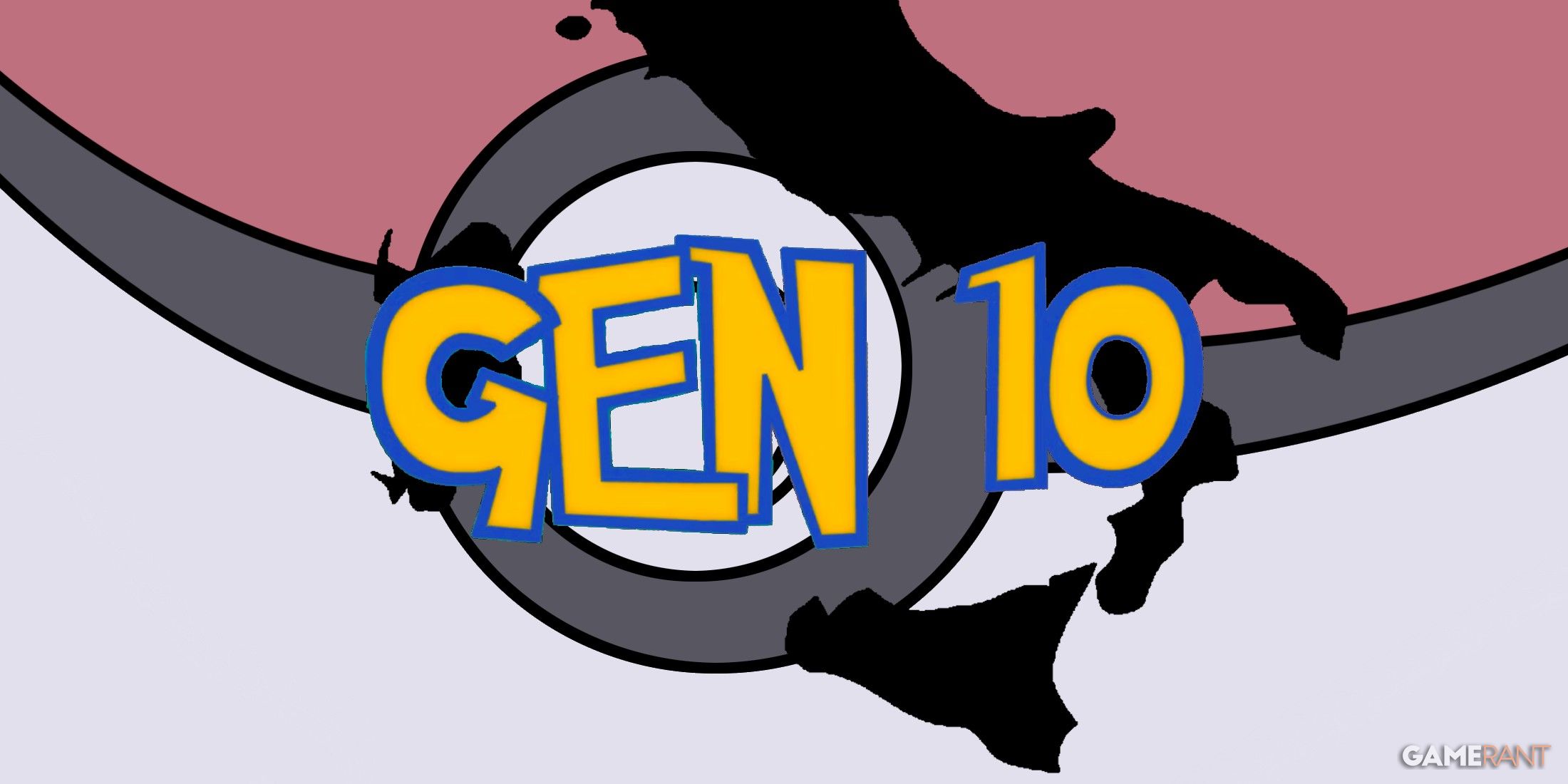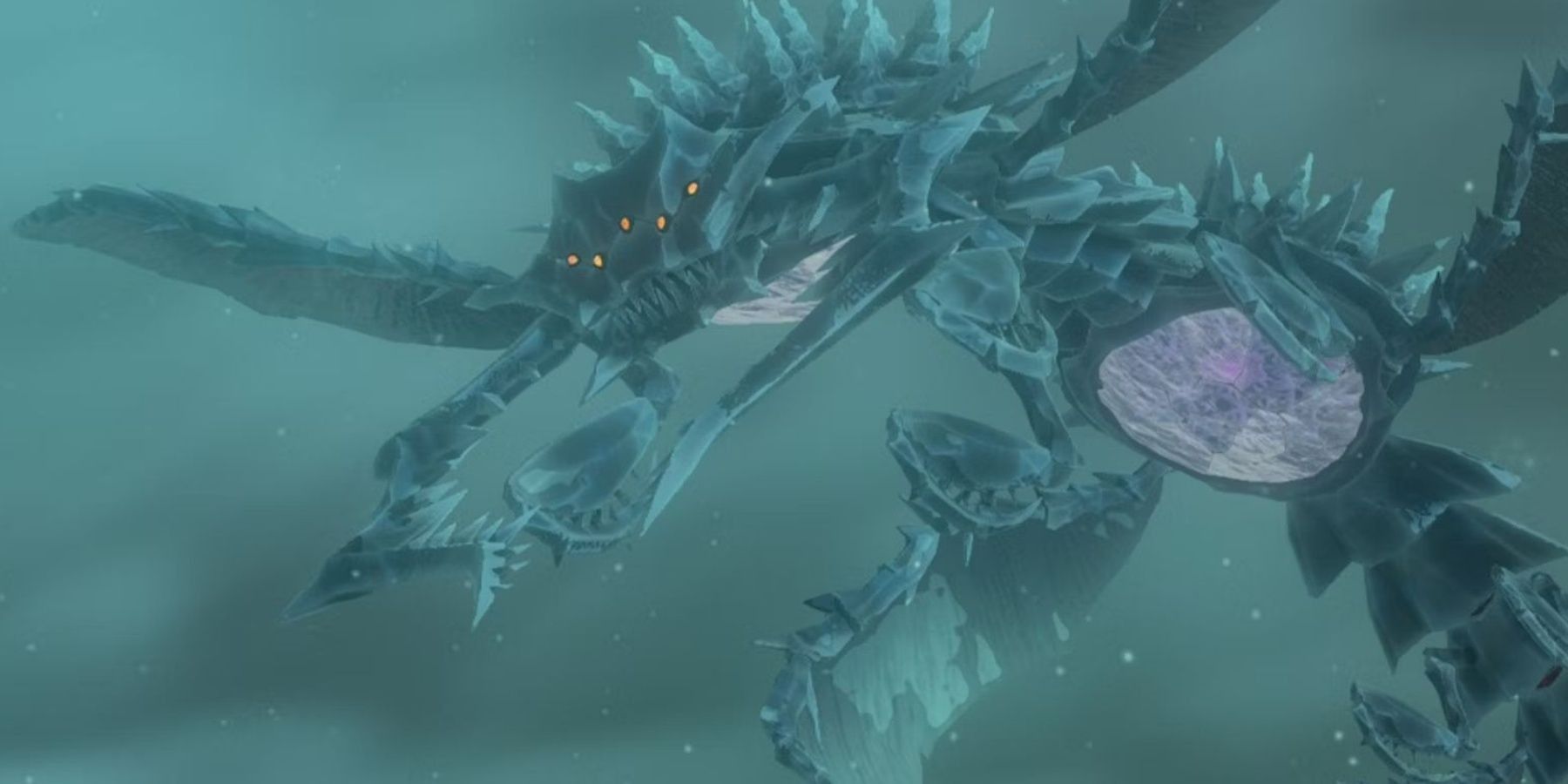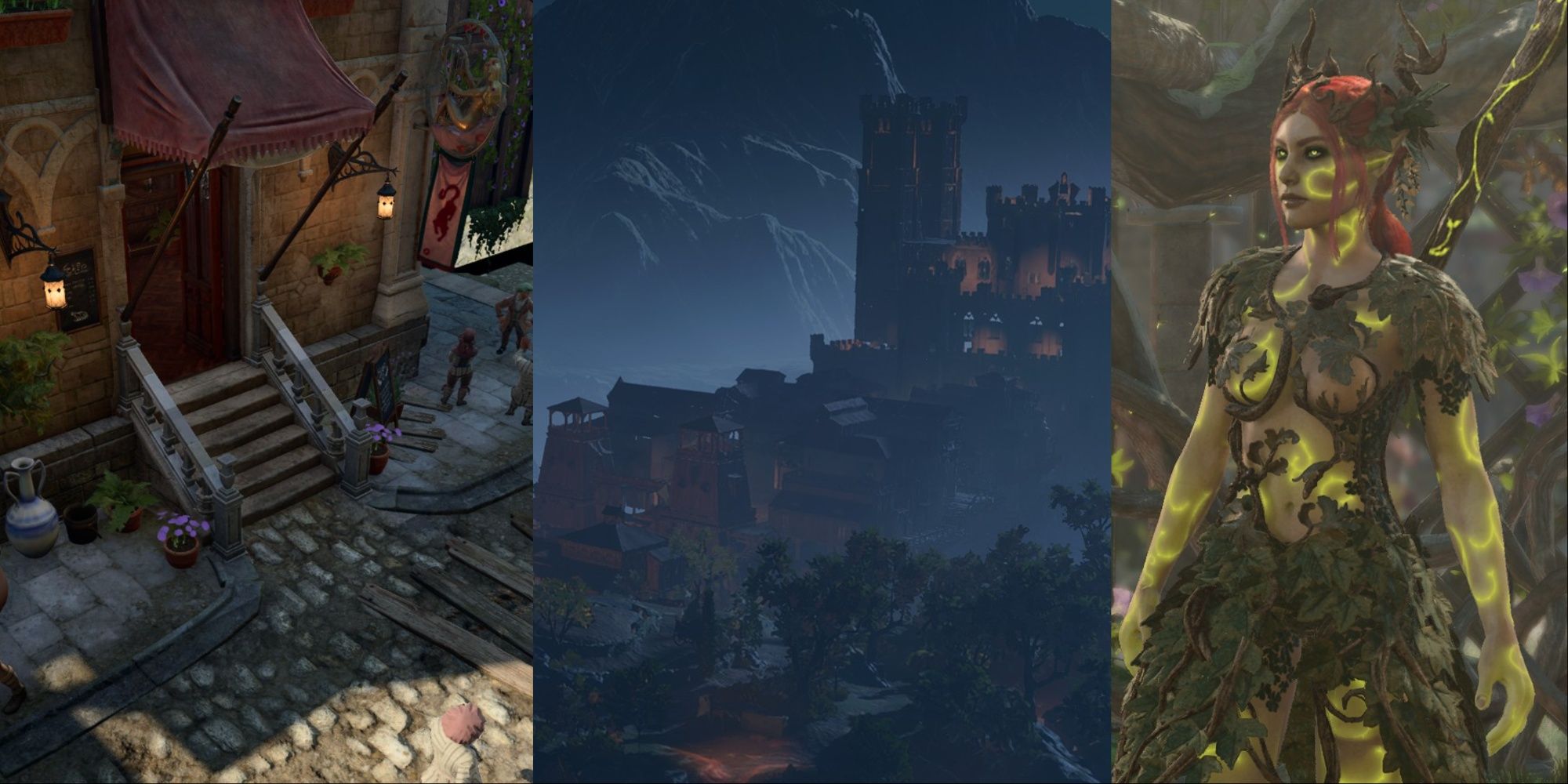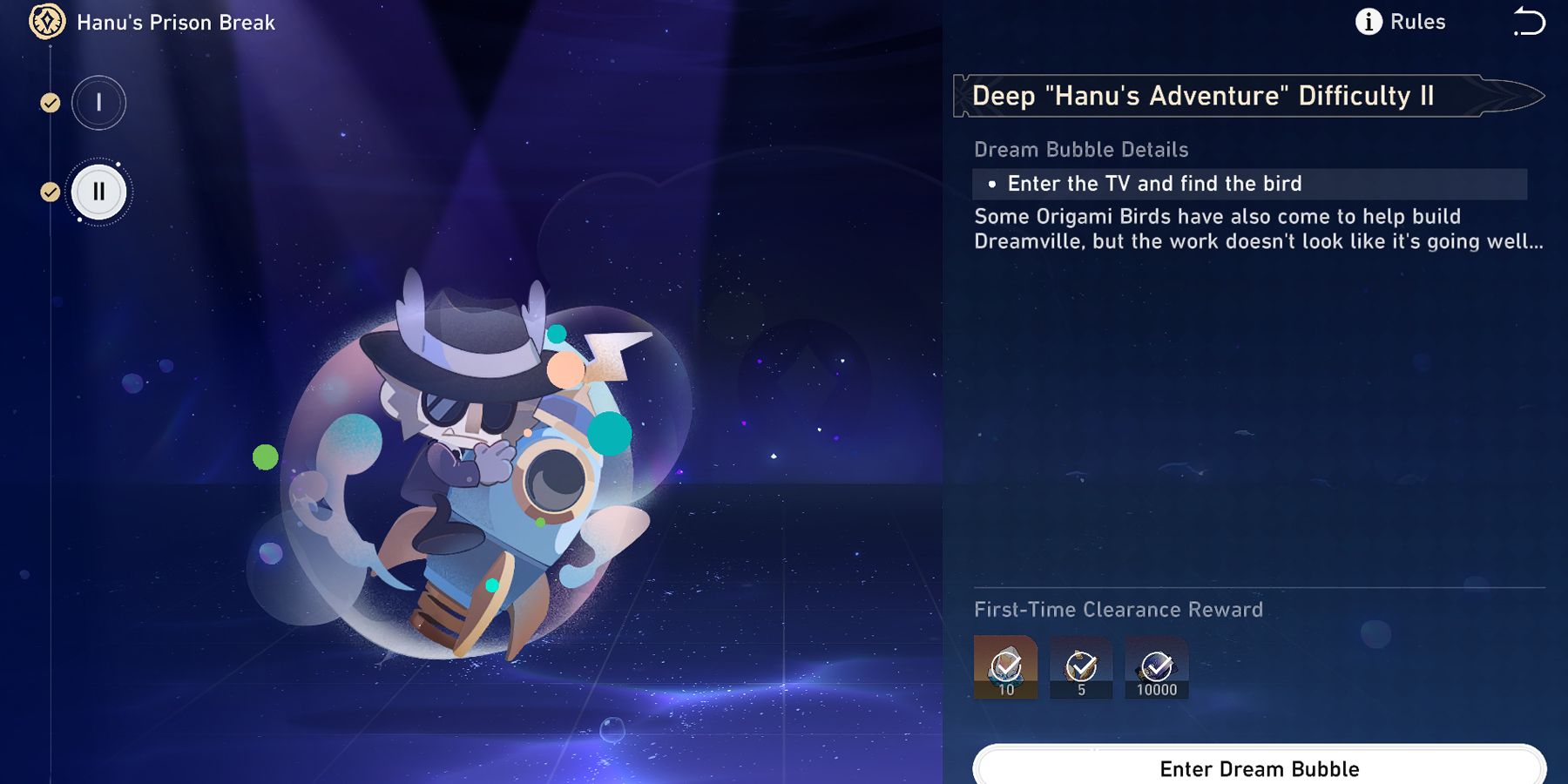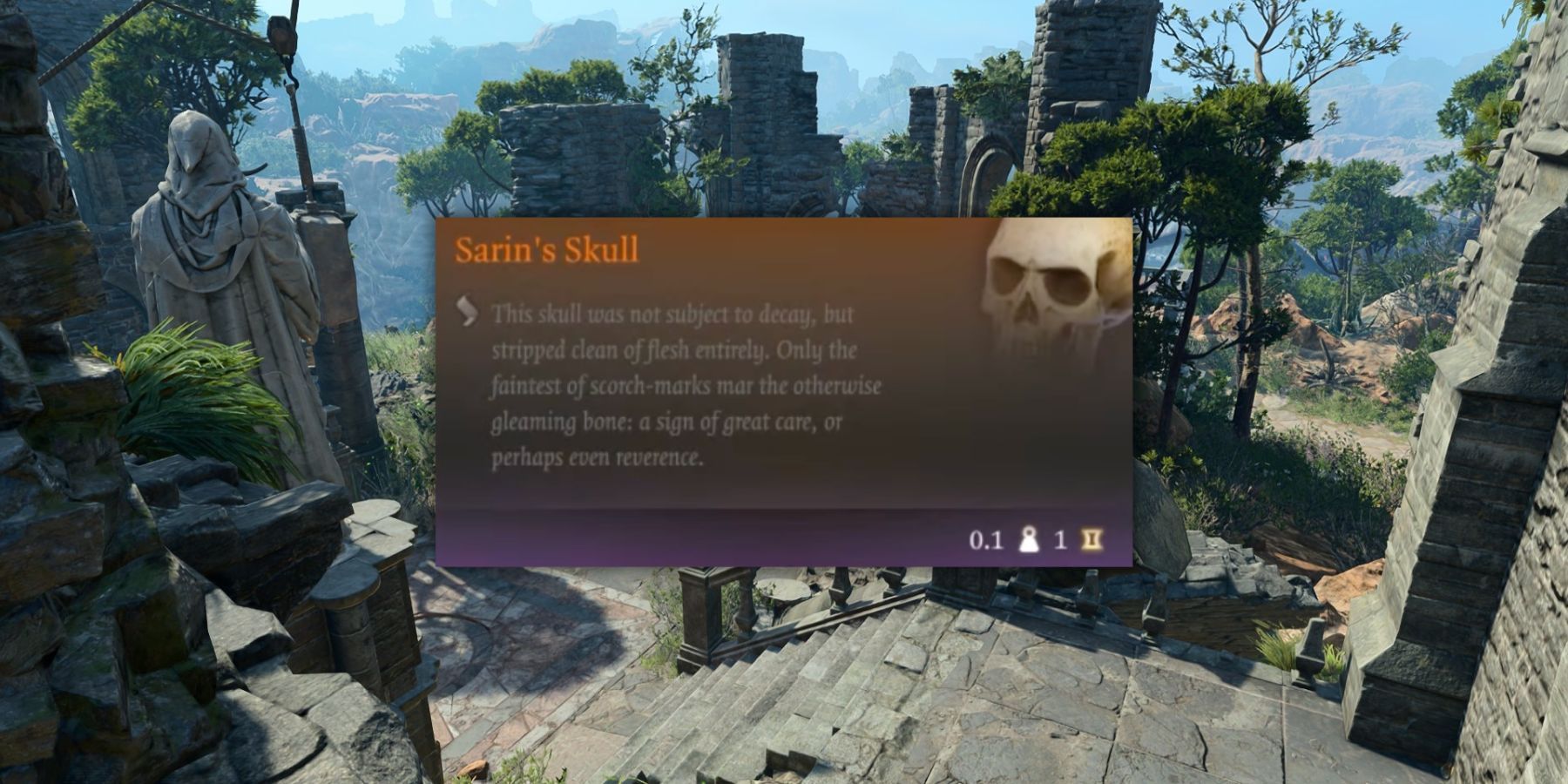Highlights
- Princess Peach: Showtime offers a unique solo adventure, setting her apart from Mario, but lacks familiar franchise elements.
- Sparkle Theater introduces new characters and settings, deviating from traditional Mario series environments.
- The game struggles to appeal to core fans due to the absence of iconic Mario elements, creating an identity crisis.
With Princess Peach: Showtime being the first solo adventure for the princess in nearly 20 years, it’s a great opportunity to develop Peach’s character independently of Mario and the rest of the franchise. Princess Peach: Showtime does a great job setting this adventure apart from the rest of the series with its unique setting within Sparkle Theater and a cast of original characters, including the Theets and the Sour Bunch. However, the game’s minimal emphasis on iconic Mario series characters and locations brings its own set of problems that contribute to Princess Peach: Showtime‘s identity crisis.
The last starring role Peach had was in Super Princess Peach for the Nintendo DS, which took familiar Mario series locations and characters and added the twist of putting Peach in the playable spotlight as she worked to rescue Mario and Luigi, who had been kidnapped by Bowser. While this game appealed to fans of the core series given its novelty as the first solo game for the Peach, Princess Peach: Showtime couldn’t follow this same formula and deservedly gave the princess her own isolated adventure. The result of this direction leaves the game in a rough spot for fans of the core Mario series but elevates Peach’s character to a new level for her fans.
Princess Peach: Showtime Missed the Opportunity to Bring Back One Forgotten Mario Character
Princess Peach: Showtime features a cast of mostly new faces, but would have been the perfect chance to bring back one of her closest companions.
The Setting of Sparkle Theater Helps Give Princess Peach: Showtime its Own Identity
Princess Peach: Showtime takes players to the brand-new location of Sparkle Theater, a glitzy venue that is home to the Theets who perform there. While Peach is initially accompanied by Toads on her outing to Sparkle Theater, these iconic NPCs take a back seat to the original characters that appear in the game. Players will also face off against Grape and her minions, the Sour Bunch, who have imprisoned the theater’s Sparkla actors and taken control of the venue, creating a cast of characters largely devoid of any recognizable Mario series familiars.
The stages themselves are also completely original designs, being based on different genres and settings for plays rather than standard Mario series environments. This design choice allows Princess Peach: Showtime to tell self-contained stories within each stage, even if they are somewhat simplistic in nature. Although this theater aesthetic helps deliver a fresh experience for fans of the series, it can also make Princess Peach: Showtime feel a lot more disconnected from the greater franchise, potentially turning some fans off from the game.
Minimal Mario Franchise Hallmarks Make the Game Tough to Appeal to Core Fans
Without the expected Mario franchise staple elements like the Mushroom Kingdom, Goombas, Bowser, or even the plumber himself, Princess Peach: Showtime has a hard time feeling like a true entry in the franchise, even if it is a spin-off. The same aspects of the game that might appeal to fans looking for a fresh experience, such as its setting in Sparkle Theater and a new cast of enemies and allies, could be a deal-breaker for fans of traditional Mario games. As such, Princess Peach: Showtime is left in the strange position of being a unique adventure for the princess, while also hurting its identity as a Mario series spin-off.
There are some ways Princess Peach: Showtime pays homage to the mainline Mario series with its use of mechanics reminiscent of some of Mario’s greatest adventures. However, there are still other ways that the game could have made more apparent references to the parent franchise, such as hiding references to classic Mario enemies within certain stages, like Ninjis making an appearance in the Ninja Peach stages. These characters wouldn’t have needed to be the main focus, but having even a small reference to them would help Princess Peach: Showtime bridge the gap between itself and the core Mario franchise.
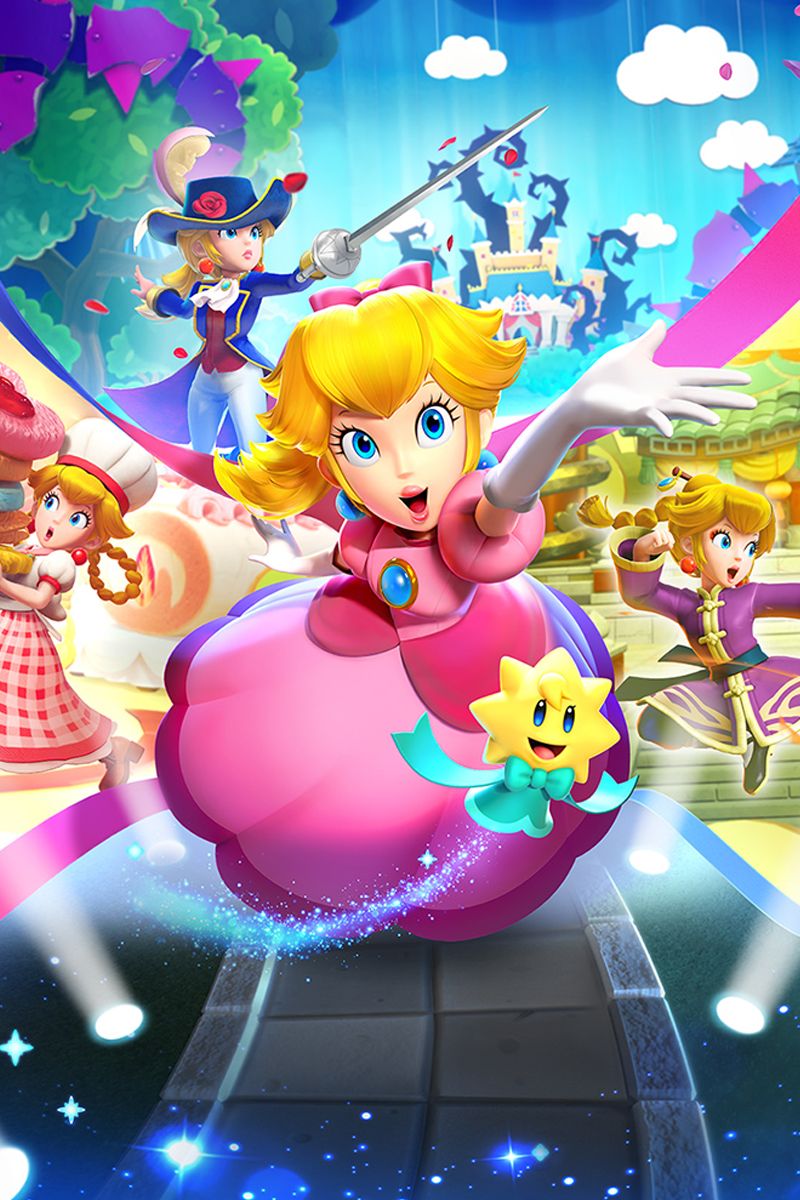
Princess Peach: Showtime!
- Released
- March 22, 2024
- Developer(s)
- Nintendo
- Publisher(s)
- Nintendo
- Genre(s)
- Action-Adventure

/cdn.vox-cdn.com/uploads/chorus_asset/file/25740556/Screenshot_2024_11_18_at_6.20.47_PM.jpeg)
